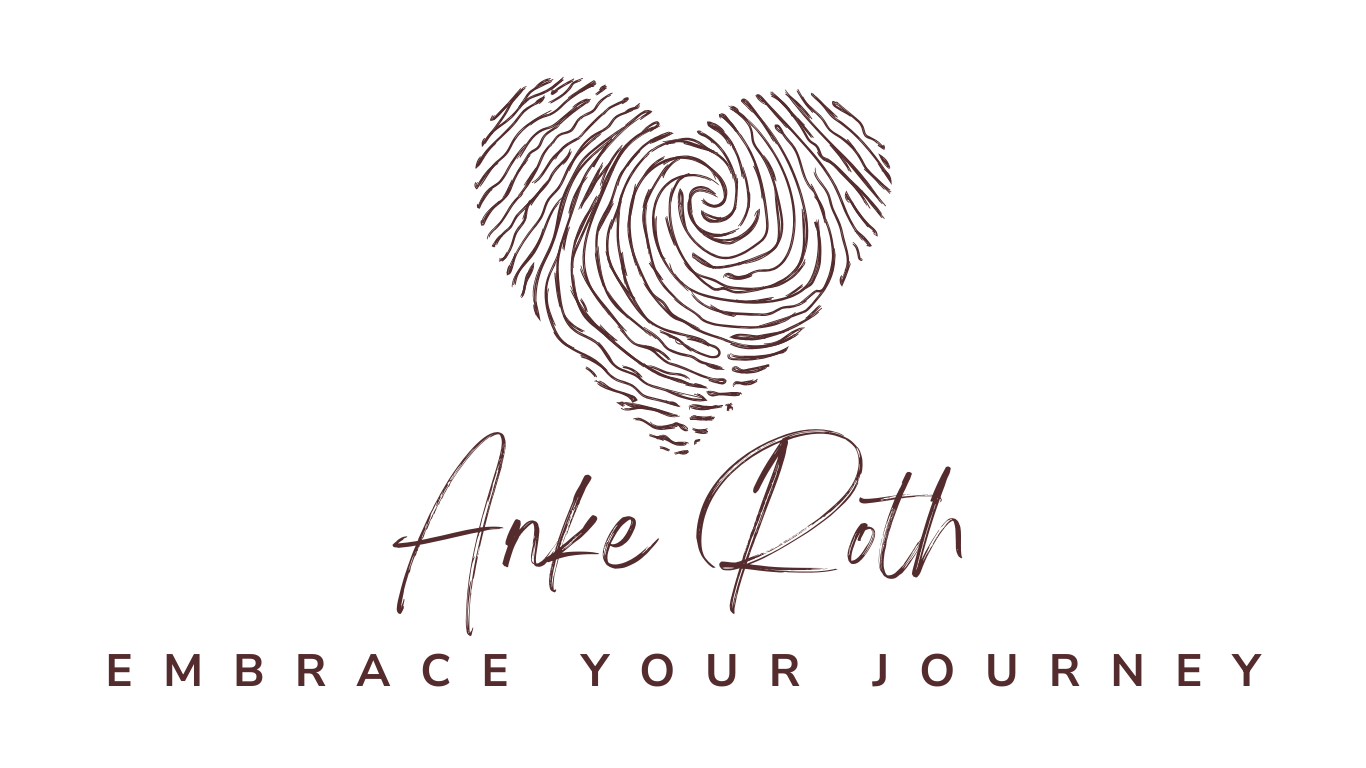Birthing Positions: How Can Your Choice Shape Your Birth Experience?
When it comes to giving birth, your body has incredible wisdom. But for centuries, many women have been asked to do something that doesn’t always feel natural: lie on their backs. Why? And does it really serve you and your baby? Let’s take a journey through history, science, and real-life choices that can help you feel empowered in your birth.
Why are so many women asked to lie on their backs?
Have you ever wondered why lying on your back seems like the default in hospitals? It wasn’t always this way. In fact, for most of human history, women gave birth upright, squatting, kneeling, or even standing. Gravity helped baby descend, and the pelvis opened naturally.
The story gets a little colourful in 17th-century France. King Louis XIV is said to have preferred reclining births; whether legend or not, his fascination with watching childbirth and the influence of physicians like François Mauriceau, who promoted lying down for convenience, helped shape medical practice.
Over time, lying on the back became standard. Not because it was best for mothers, but because it was easiest for doctors and hospital routines. And today, many birthing people still feel encouraged (or pressured) to adopt this position.
What does science say about upright vs. supine positions?
Did you know your position can actually affect how your labour unfolds? Evidence shows that upright positions (squatting, kneeling, hands-and-knees) can:
Shorten the pushing stage by helping baby move down with gravity.
Reduce the risk of assisted deliveries such as forceps or vacuum.
Increase comfort and relieve back pain by allowing your pelvis to open naturally.
Lying flat on your back (supine or lithotomy) can:
Narrow the pelvis, making pushing harder.
Reduce blood flow and oxygen supply to the baby in some cases.
Increase the likelihood of needing interventions.
But here’s the empowering part: you have options. Even with monitoring, epidurals, or other interventions, most people can move, change positions, or try side-lying, supported kneeling, or using a birth ball.
How Can You Move and Feel Supported During Labor?
Movement is not just “nice to have”; it’s an active part of labour. Changing positions helps your baby rotate, encourages descent, and can reduce discomfort. Some ideas to consider:
Birth balls or stools: Great for swaying, rocking, or sitting upright.
Hands-and-knees position: Can relieve back pressure and help baby rotate into optimal position.
Side-lying or semi-reclined: Perfect if you need a rest but want to keep gravity working.
Walking or gentle squats: Keep your body active and use your instincts to guide you.
Your body is incredibly capable, and your instincts matter. Trust them! Your comfort and movement can actually help your labour progress more smoothly.
Reclaiming Your Birth Choices
Here’s the heart of it: history shows that birth practices weren’t always about what’s best for women. They were often about convenience for others. Today, that doesn’t have to be the case. You get to:
Choose positions that feel good for your body.
Communicate your needs to your care team.
Move, sway, or rest in ways that support you and your baby.
Birth is not a one-size-fits-all experience. Your body, your instincts, and your choices are at the center. The more you understand your options, the more confident and empowered you are.
Your Takeaway
Remember: Upright, side-lying, semi-reclined … there’s no “wrong” choice. What matters is what feels right for you and your baby. Birth is a partnership between your body, your mind, your little one, and your support team.
You don’t just get to give birth. You get to experience your birth in a way that’s informed, supported, and empowering.
